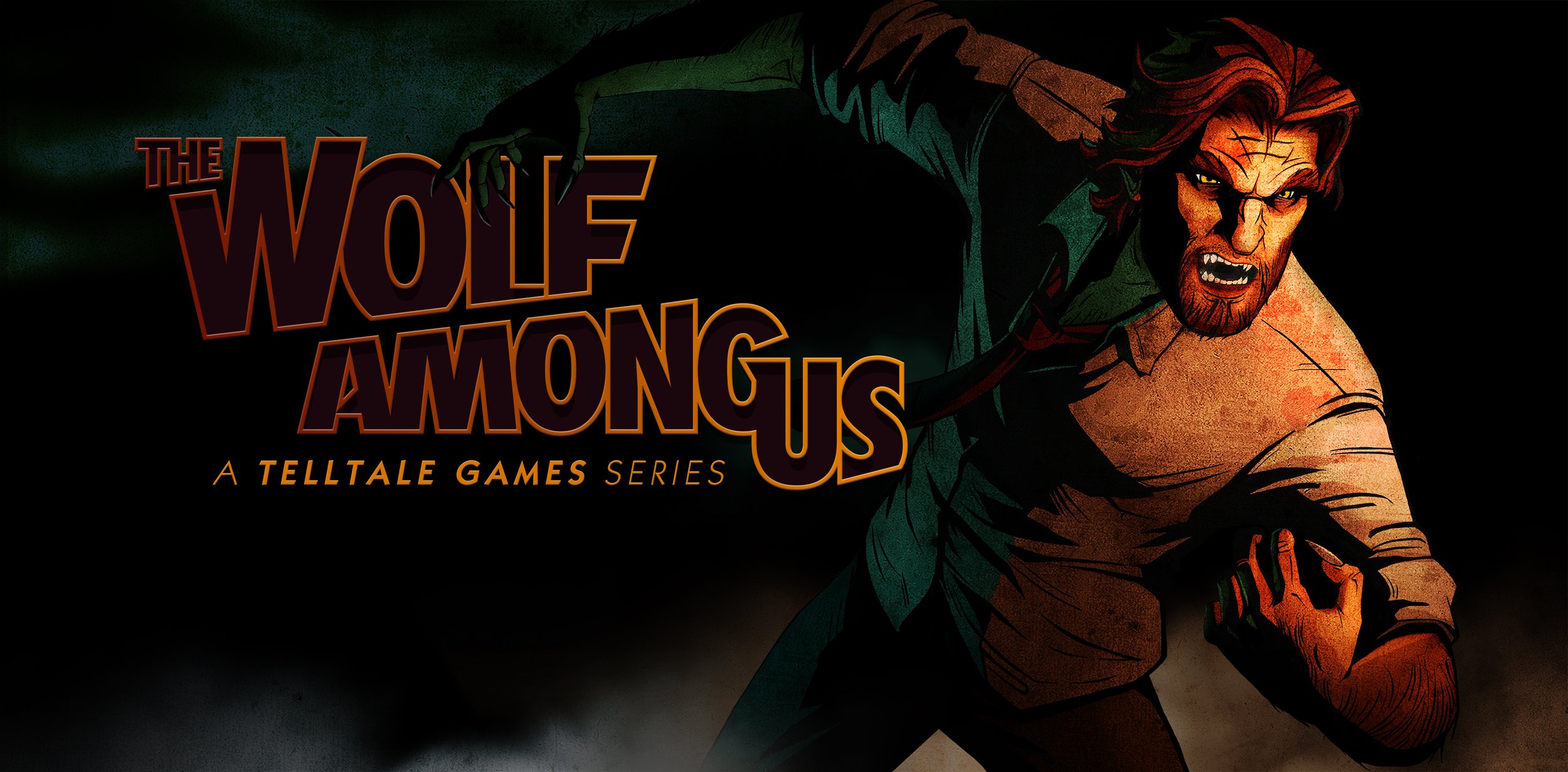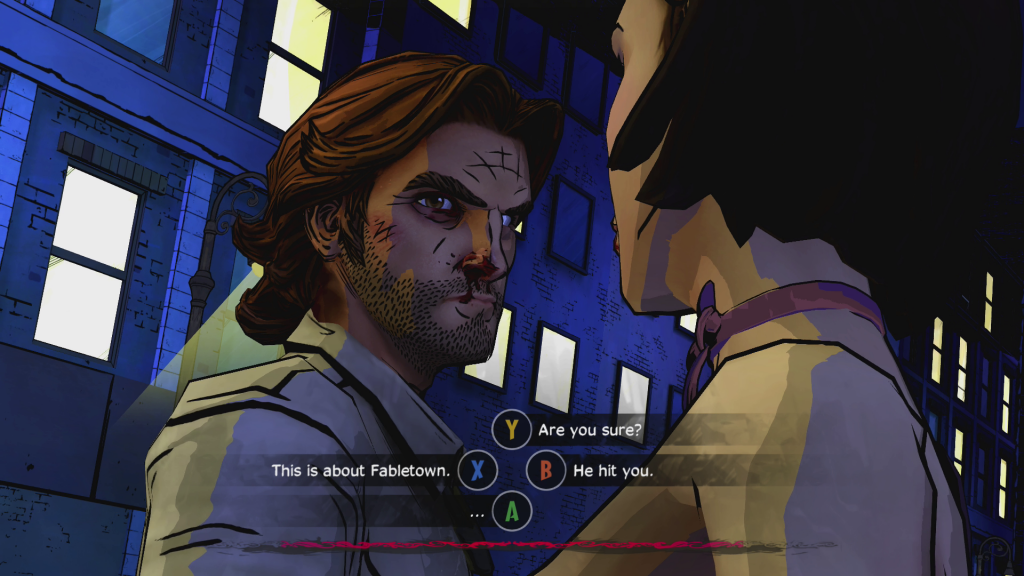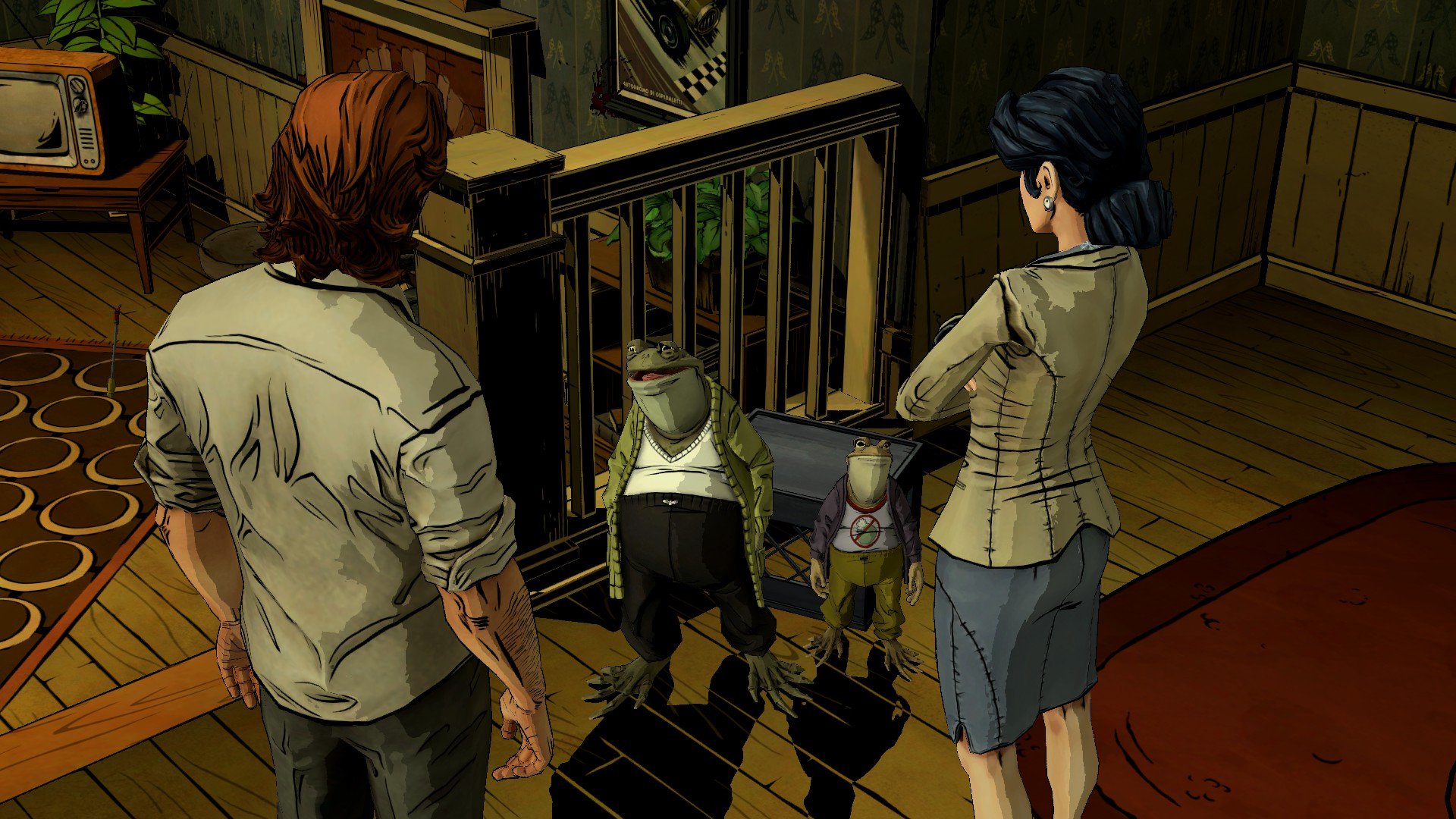The Wolf Among Us review
At one point or another, we’ve all wanted to be the bad guy. Whether you’re inspired by a book, a movie, or even a particularly irritating day, everyone has had a power fantasy of being able to say and do whatever comes to mind. Well, the protagonist in The Wolf Among Us lives in that world.
Bigby Wolf (previous known as the Big Bad Wolf) is the sheriff of Fabletown, a secret community living in New York City. Based upon “Fables”—a series of graphic novels—, the game plunges into the lives of fairytale characters living in the modern world.
Bigby works as an intermediary between the Fables (Cinderella, Snow White, et al) to make sure that they don’t reveal themselves to Mundies (us regular folks). Whether visiting Mr. Toad’s tenant building, stopping by Dweedle Dee and Dweedle Dum’s office, or meeting with Deputy Mayor Ichabod Crane, Bigby’s routine is a crash-course through every fairytale you can think of. And, in every instance, Bigby says or does something that adds to his reputation as an ill-tempered bully.
A recovering villain, if you will.
Living like a villain
The tone of the game varies across the five episodes. At times, Bigby feels like a noir detective, sitting in his office with a cigarette while interviewing a damsel in distress. Other times, he is the villain, huffing and puffing when his temper gets the best of him.
The choice-and-consequence formula stands at the core of the game, and most choices have at least some outcome in the rest of the episode. Someone might be less willing to divulge a clue, or you might miss the chance to visit a certain location and find evidence. Every decision has weight to it, which creates another layer of anxiety.
If you’ve played anything else from Telltale Games, you already know what this game looks like. However, this actually works to the game’s benefit. The Wolf Among Us looks like a comic book—ironic, since the inspiration is a graphic novel series—and the twist on familiar characters is a treat. Each scene could potentially reveal a fairytale character, and (being a Disney Renaissance kid) that was nostalgically charming, even if Fabletown is a rough, dingy, and harsh place.
The mechanics are minimal, and that’s a good thing. Player interaction focuses on analyzing items in the environment and making dialogue choices. Both interaction types help direct the flow of the game.
Combat sequences are few and far between, but the allotted reaction time is generous and the results are satisfying. Telltale Games stuck with their standard gameplay, and this allowed the studio to focus on a many-layered, complication-filled plot.
Sticking to a formula
This isn’t one of those games that you beat with a sense of fulfillment. If anything, the conclusion borders on whiplash. Fabletown should be celebrating Bigby’s tenacity at solving the case. Instead, the sheriff ends up on the defensive, explaining each choice in a desperate effort to win over the community. (The scene felt forced and heavy-handed, and was the only moment I felt anything short of “blown away” by the game.) After a “Several days later…” screen, Bigby bumps into a visitor on the streets, and…
In the interest of time, we’ll skip the full-blown spoilers. (But the end will literally stun you speechless.)
That final conversation turns the entire game on its head, suggesting that Bigby had misread everything, from the first scene to the last. I spent over an hour looking up theories and explanations, and I’ve had multiple conversations about it since then. The only other game to hit that point was Bioshock: Infinite.
The bar was set high, and The Wolf Among Us reached it. I can’t think of higher praise than that.
Author's note: This game rightfully deserves its “M” rating. The story, characters, and setting are all phenomenal, but be warned: The Wolf Among Us makes no efforts to hold back from mature content.
In a nutshell
The Wolf Among Us makes the most of the “Telltale formula” in every way. Its art style suits a comic-inspired world and the characters are well-realized. The plot is a winding labyrinth where you never know who to suspect and who to trust. The combination of murder-mystery and fairytale characters creates a pretty unique concoction that will keep you interested (if not “focused to the exclusion of all else”) over the duration of this five-episode series.
Pros
+ Sleuth-like investigating
+ Comic book style
+ Unanswered questions
Cons
- Forced tension in final act
- Familiar (Telltale) mechanics



